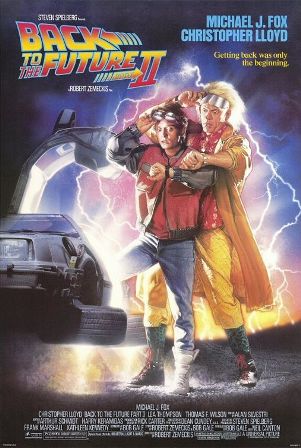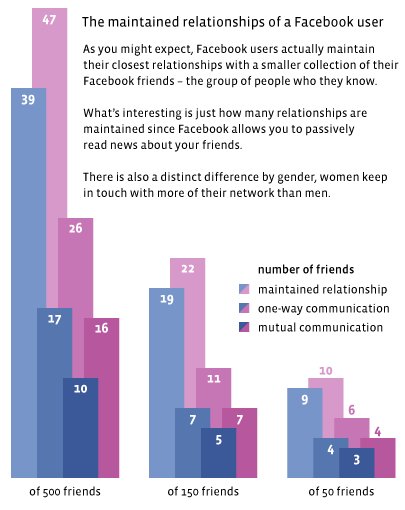All the words in the World. Pronounced by native speakers. Forvo was born as an idea in 2007, and is online since January 2008. By now Forvo has become the largest pronunciation guide in the world.
Are you able to pronounce the reason for Europe’s flight disruptions ?
You can browse and search Forvo for free. If you want to add new words or pronunciations you have to sign up – but it is also for free. In my opinion, Forvo is a great and interactive idea, combining the best of the two worlds: the world wide web’s networking feature with all the languages (still) spoken in real life. The language-of-the-day section features languages you might have never heard of before, e.g., Lakota spoken by the Lakota people of the Sioux tribes.

Did you ever wonder how to pronounce the name of your favorite foreign artist in his or her mother tongue? I was quite impressed, when I discovered how to pronounce the Icelandic singer in Islandic, the French band in French or the Polish composer in Polish. For non-English speakers it might be insightful to readjust some pronunciation assumptions for the worlds biggest internet companys: , and .
Try out Forvo! It’s fun! www.forvo.com






